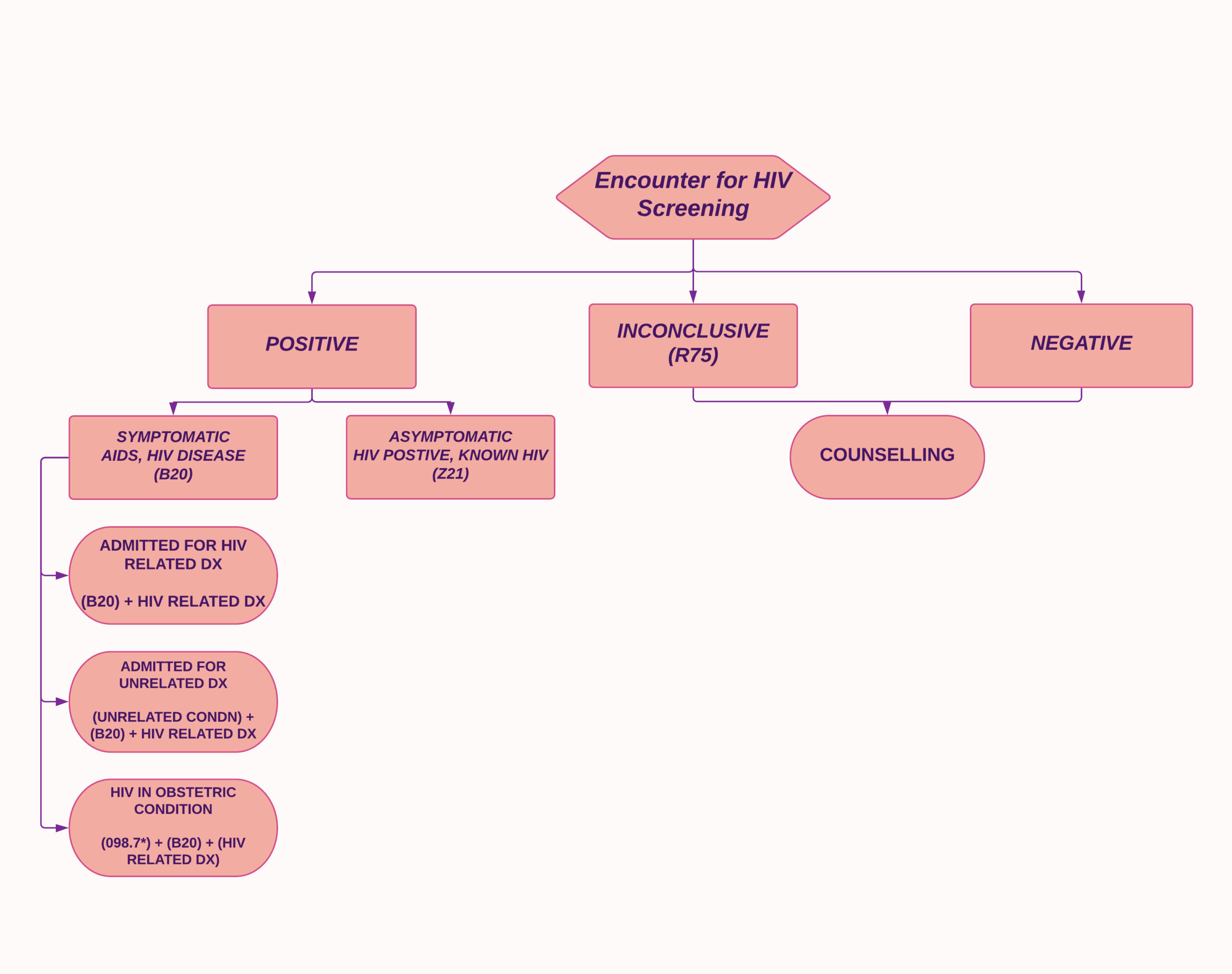World AIDS Day is observed every year on December 1st to raise the awareness of the AIDS pandemic caused by the spread of HIV infection and to mourn those who have died globally of this disease.
Human Immunodeficiency Virus (HIV) which is determined to have originated from a type of chimpanzee in Central Africa, attacks and infects a form of white cell called the T-helper cell or the CD4 cell. The main responsibility of the CD4 cells is to fight infections and keep the body safe. The virus attaches itself to the CD4 cells and makes the body’s immune mechanism weaker and vulnerable to many diseases.
As per the UN AIDS factsheet, about 680,000 people died from AIDS-related illnesses in 2020. As of June 30, 2021, 28.2 milling people were accessing antiretroviral therapy and about 37.7 milling people were living with HIV in 2020 globally. It is estimated every week about 5000 young women in the age group of 15-24 years get infected with HIV.
A person can get infected with HIV only when they come into direct contact with bodily fluids of another person positive for HIV.
Acquired Immunodeficiency Syndrome (AIDS) is caused by the Human Immunodeficiency Virus (HIV). This is the third and the most severe phase of the HIV infection, the first two being the acute HIV Infection Phase and the Chronic HIV Infection Phase. It is estimated that people without treatment for AIDS survive for about three years.
B20, Human immunodeficiency virus: The ICD-10-CM code is reported for patients with previously diagnosed HIV-related illness. Other terms synonymous with this condition are HIV disease, AIDS, AIDS related complex (ARC), AIDS related condition, and Symptomatic HIV infection.
Z21, Asymptomatic human immunodeficiency virus [HIV] infection status: Assign Z21 for patients without any documentation of HIV-related symptoms. Other terms synonymous with this status are HIV infection, HIV positive, HIV, known HIV, HIV virus, HIV status, HIV test positive, and asymptomatic HIV infection. ICD-10-CM codes B20 and Z21 cannot be reported together in the same encounter.
Z11.4 – Encounter for screening for human immunodeficiency virus [HIV]: This code is reported when seeing a patient with no prior diagnosis of HIV infection of positive HIV status to determine their HIV status.
Z71.7-Human immunodeficiency virus [HIV] counselling: Assign this code when the HIV screening test is negative. The patient might still need counselling, information, and motivation necessary to reduce the risk of infection. These are patients with feared health complaints but with no positive diagnosis of HIV infection. This code can also be assigned as an additional code for patients with inconclusive laboratory evidence of HIV when counselling is provided.
R75, Inconclusive laboratory evidence of human immunodeficiency virus [HIV]: This code is reported when the patient’s record is documented with inconclusive HIV serology, but there is no definitive diagnosis or manifestations of the illness.
O98.7-, HIV disease complicating pregnancy, childbirth, and the puerperium: The respective code from this category is assigned first when a pregnant patient presents for treatment of a HIV-related illness followed by ICD-10-CM code B20. Other HIV-related illnesses, if documented, can also be assigned as additional diagnoses. Chapter 16 codes always take precedence when sequencing codes.
Flow Chart

Global HIV & AIDS statistics — Fact sheet | UNAIDS
About HIV/AIDS | HIV Basics | HIV/AIDS | CDC
2021 ICD-10-CM Guidelines (cms.gov)
This will close in 0 seconds